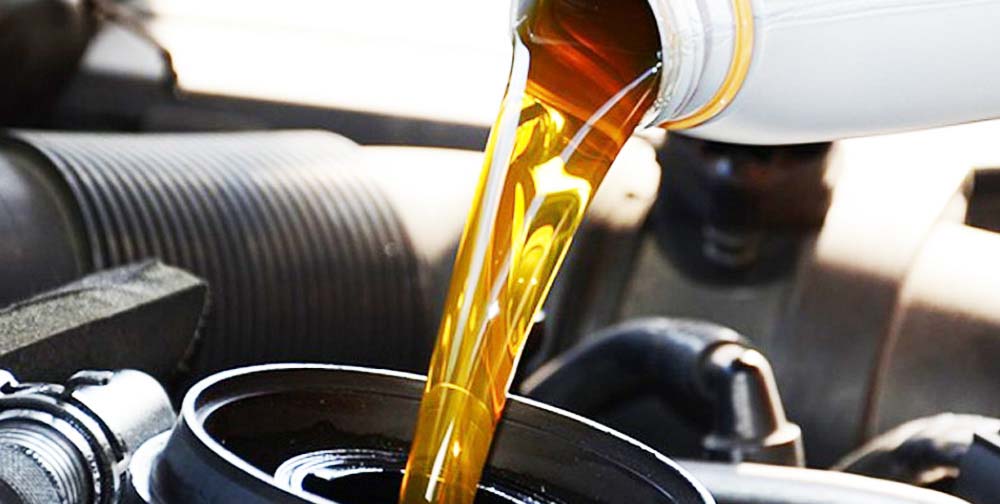To understand what lubrication is, you first need to understand why we use it. Friction is the force that resists relative motion between two bodies in contact. If friction didn’t exist, nothing would ever stop moving. We need friction to function, but there are instances where you want to be able to reduce the amount of friction present.
In order to avoid failures of this nature, we lubricate our machinery to minimize the resistance to movement, and as a result, minimize the amount of heat produced. The heat that is produced by the equipment is transferred to the oil so that it may be removed by a lube oil cooler.
There are a lot of considerations that must be applied when selecting the type of lubricant we need to use: viscosity, additives needed, properties, etc.
Reducing friction and reducing heat are only a couple of the reasons we use lubricants. If you look under a microscope at two surfaces moving across each other, you would see something that looks like two mountain ranges rubbing against one another. As this happens, pieces of the weaker material break off and create smaller abrasive particles, resulting in more broken off pieces, which go on to create more abrasion.
So a lubricant is a substance that reduces friction, heat, and wear when introduced as a film between solid surfaces. Using the correct lubricant helps maximize the life of your bearings and machinery, therefore saving money, time, and manpower, thus making operations more efficient and more reliable.

All lubricants start with a base oil. There are three types: mineral, synthetic, and vegetable. In industrial applications, we mostly deal with mineral and synthetic, so I would like to focus on these. Mineral oil comes from crude oil and the quality depends on the refining process.
There is a grading scale for oil and different applications require different oil quality. Mineral oil is mainly made up of four different types of molecules – paraffin, branched paraffin, naphthene, and aromatic. Paraffinic oils have a long, straight chained structure, while branched paraffinic oils are the same with a branch off the side.
These are used mainly in engine oils, industrial lubricants, and processing oils. Naphthenic oils have a saturated ring structure and are most common in moderate temperature applications. Aromatic oils have a non-saturated ring structure and are used for manufacturing seal compounds and adhesives.
Synthetic oils are man-made fluids that have identical straight chained structures, much like the branched paraffinic oils. One of the benefits of a synthetic is that the molecular size and weight are constant while mineral oils vary greatly; therefore the properties are very predictable.
So why don’t we use synthetic oils all the time if we know exactly what it’s going to do? While there are many advantages to using a synthetic, there are almost as many reasons to not use it. The best quality mineral oil is mostly made up of paraffinic oils, like those in synthetic oil.
So, in many applications, mineral oil is just as good as synthetic, and in these applications is most likely the preferred base due to synthetic’s high cost, toxicity, solubility, incompatibility, and hazardous disposal. However, in extreme applications where a high flash point, low pour point, fire resistance, thermal stability, high shear strength, or high viscosity index is needed, a synthetic may be just what’s required.
